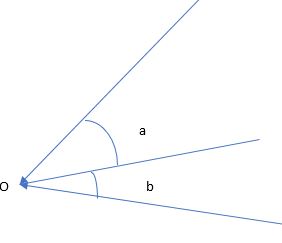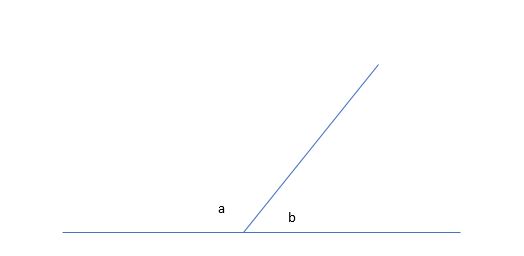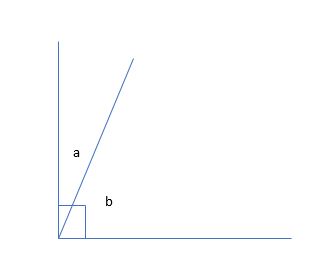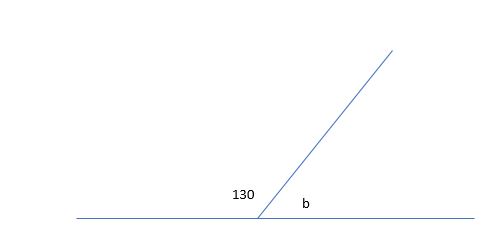Adjacent Angles Meaning And Examples

Adjacent angles are one of the types of angles when two angles are paired. One of the benefits of understanding these angles is that it will help you solve any related questions under geometric.
All angles have laws and how to use them when needed, especially when solving questions in mathematics. So, I will first discuss the meaning of adjacent angles, give some examples, and discuss how they relate to other angles.
Two angles are said to be adjacent when they share the same vertex and side. For clearer understanding, a vertex is a point where two lines or sides meet. It is important to note that adjacent angles don’t overlap.

From the diagram above, a and b are adjacent angles since the two angles share the same vertex (O) and side.
Adjacent angles can be supplementary or complementary angles. Complementary in the sense that the two adjacent angles add up to 90 degrees and supplementary when they add up to 180 degrees.
Case 1: Supplementary

In this case, the sum of angles a and b is 180 (a + b = 180). Also, a and b are adjacent because they have the same vertex and side.
Case 2: Complementary

In this case, angles a and b are complementary because their sum is 90 degrees (a +b = 90). Also, a and b are adjacent.
Question
From the diagram below, find angle b.

Solution
Angles 130 and b are adjacent because they have the same vertex and side. Also, they are supplementary.
Therefore,
130 + b = 180
b = 180 -130 = 50
b = 50 degrees
